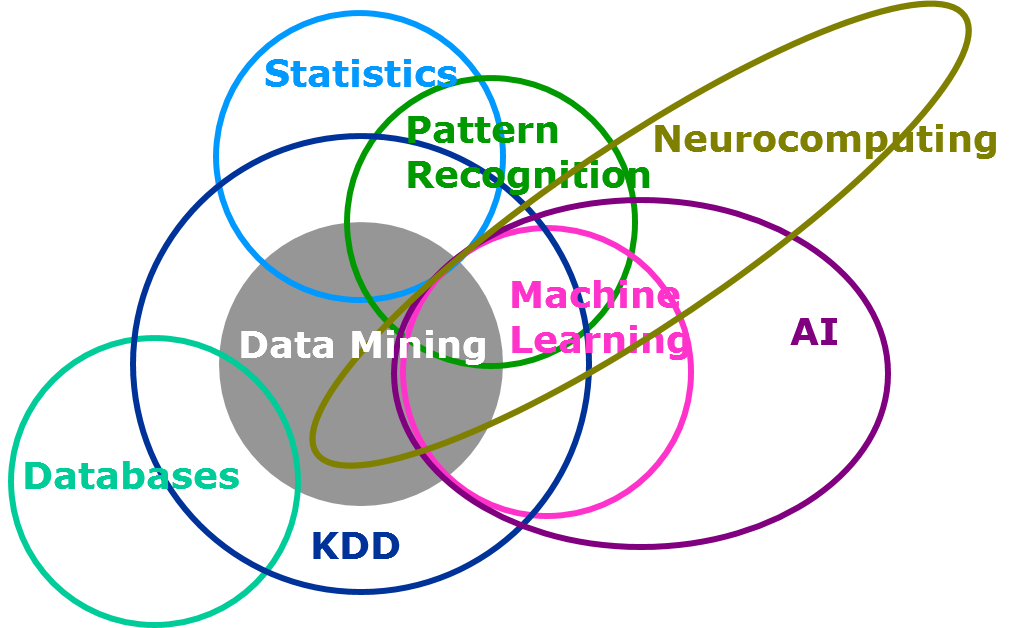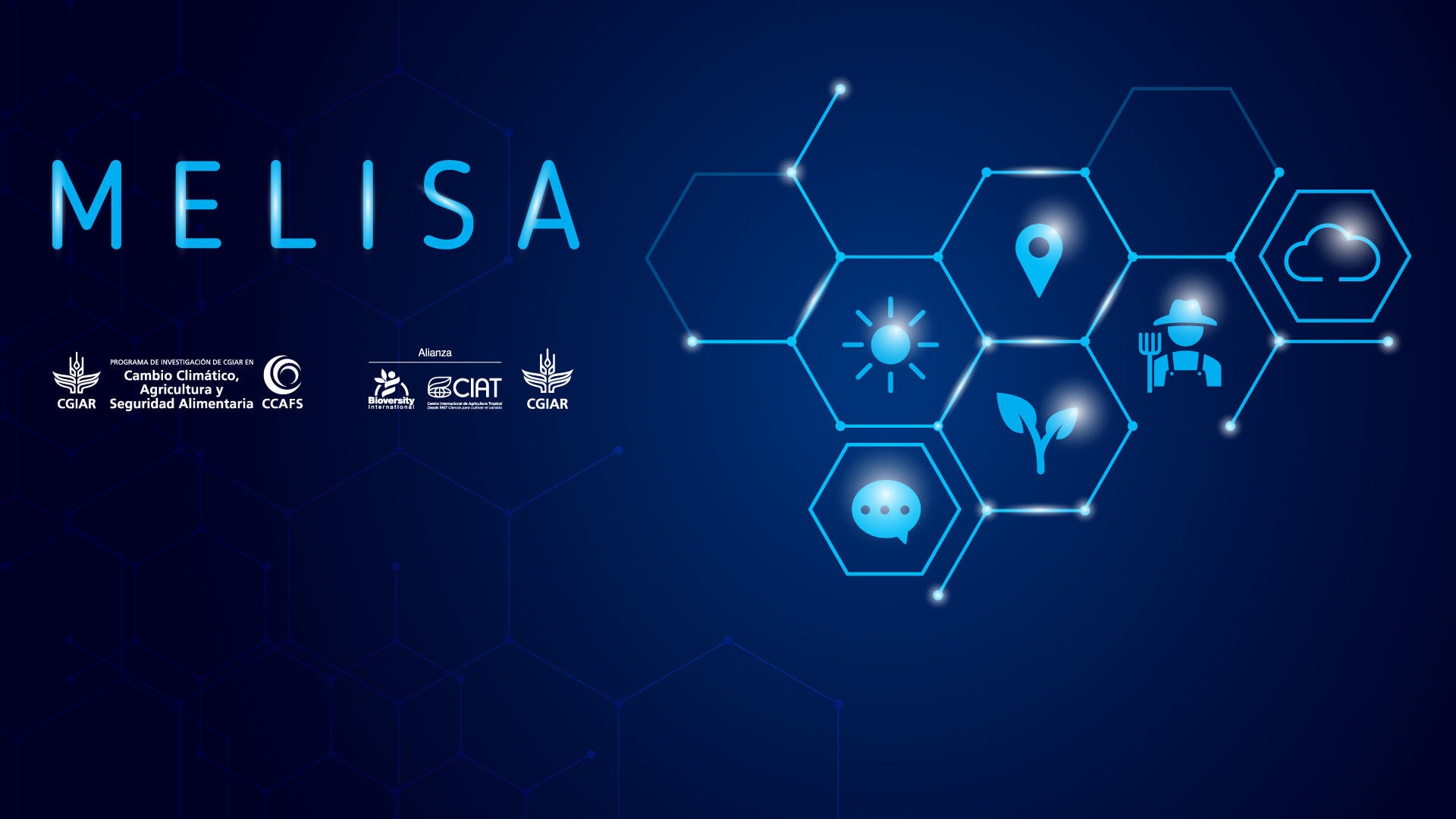
Python Fast Ai is an AI program that Sylvain Gugger and Jeremy Howard have probably introduced to you. What's the truth? Is this really a program that works? It can teach you deep learning techniques for your own applications. You can read the full review of Python Fast Ai. You won't regret your decision to read this review. This book will give insight into how to build an AI program.
Jeremy Howard & Sylvain Gugger
If you're looking for a practical Python guide on Machine Learning and Deep Learning, you should consider Fastai. Soumith Chinchala, who is the founder Python's open-source machine learning library PyTorch, has written a introduction to this book. It includes code examples, a downloadable course, and helper repositories. Fastai's goal is to make AI more accessible, democratized, and to develop a stack that can be used at different levels.

Jeremy Howard
This Jeremy Howard review on Fast AI looks at a book which will teach you the basics and show you how to implement it in Python. Deep Learning is an emerging field in which computers can recognize patterns, make predictions and make predictions. Jeremy Howard, Co-founder of Kaggle and President of Fast AI, is widely respected in the AI community and has published many other books on the subject. The prerequisites for Jeremy Howard's lecture series include high school math and one year of general coding experience. Knowing Python is a plus.
Sylvain Gaugger
The book Deep Learning for Coders with Fastai and PyTorch is a comprehensive guide for programmers looking to learn Deep Learning. Written from a top down perspective, the book begins by creating a simple app and builds upon it. The author covers deep learning algorithms as well as how to create complex programs. Fastai/PyTorch are great tools. But, I'd like to see more examples in real-world applications.
Python Fast Ai
Python Fast Ai may be a good choice if you're looking for a book about machine learning or artificial intelligence. This book is suitable for both novice and advanced coders. It covers a lot, but it has some shortcomings. The authors emphasize that the book was written with novices in mind.
Chapters
In the first chapter you'll learn the basics of AI. This chapter will discuss the history, theories, prerequisites, and applications of AI. The mechanics of artificial Intelligence will be covered as well. Chapter 2 focuses on how to deploy Machine Learning models online. This chapter concludes with examples and case study of applications built using these techniques. The following are some chapters worth your attention.

Learn material
The best book for learning fast AI is a quick overview. Python Fast Ai, the best book in this area, is most likely. These authors are not coders but have deep knowledge of Python and deep learning. The book also explains the basics of deep-learning. The book also explains activation functions and stochastic gradient descent. PyTorch the underlying programming language for fastai will also be explained.
FAQ
What can you do with AI?
There are two main uses for AI:
* Prediction – AI systems can make predictions about future events. AI can help a self-driving automobile identify traffic lights so it can stop at the red ones.
* Decision making – AI systems can make decisions on our behalf. So, for example, your phone can identify faces and suggest friends calls.
Which industries use AI more?
The automotive industry is one of the earliest adopters AI. BMW AG uses AI for diagnosing car problems, Ford Motor Company uses AI for self-driving vehicles, and General Motors uses AI in order to power its autonomous vehicle fleet.
Other AI industries include insurance, banking, healthcare, retail and telecommunications.
Who created AI?
Alan Turing
Turing was first born in 1912. His father was a priest and his mother was an RN. He was an excellent student at maths, but he fell apart after being rejected from Cambridge University. He learned chess after being rejected by Cambridge University. He won numerous tournaments. He worked as a codebreaker in Britain's Bletchley Park, where he cracked German codes.
He died in 1954.
John McCarthy
McCarthy was conceived in 1928. Before joining MIT, he studied maths at Princeton University. There he developed the LISP programming language. He was credited with creating the foundations for modern AI in 1957.
He died in 2011.
How does AI affect the workplace?
It will change how we work. We'll be able to automate repetitive jobs and free employees to focus on higher-value activities.
It will help improve customer service as well as assist businesses in delivering better products.
It will help us predict future trends and potential opportunities.
It will help organizations gain a competitive edge against their competitors.
Companies that fail to adopt AI will fall behind.
AI is good or bad?
AI is seen both positively and negatively. Positively, AI makes things easier than ever. We no longer need to spend hours writing programs that perform tasks such as word processing and spreadsheets. Instead, we ask our computers for these functions.
On the negative side, people fear that AI will replace humans. Many people believe that robots will become more intelligent than their creators. They may even take over jobs.
Statistics
- According to the company's website, more than 800 financial firms use AlphaSense, including some Fortune 500 corporations. (builtin.com)
- By using BrainBox AI, commercial buildings can reduce total energy costs by 25% and improves occupant comfort by 60%. (analyticsinsight.net)
- While all of it is still what seems like a far way off, the future of this technology presents a Catch-22, able to solve the world's problems and likely to power all the A.I. systems on earth, but also incredibly dangerous in the wrong hands. (forbes.com)
- More than 70 percent of users claim they book trips on their phones, review travel tips, and research local landmarks and restaurants. (builtin.com)
- A 2021 Pew Research survey revealed that 37 percent of respondents who are more concerned than excited about AI had concerns including job loss, privacy, and AI's potential to “surpass human skills.” (builtin.com)
External Links
How To
How to create an AI program that is simple
A basic understanding of programming is required to create an AI program. Many programming languages are available, but we recommend Python because it's easy to understand, and there are many free online resources like YouTube videos and courses.
Here's a brief tutorial on how you can set up a simple project called "Hello World".
First, open a new document. You can do this by pressing Ctrl+N for Windows and Command+N for Macs.
Type hello world in the box. Enter to save your file.
For the program to run, press F5
The program should say "Hello World!"
However, this is just the beginning. You can learn more about making advanced programs by following these tutorials.